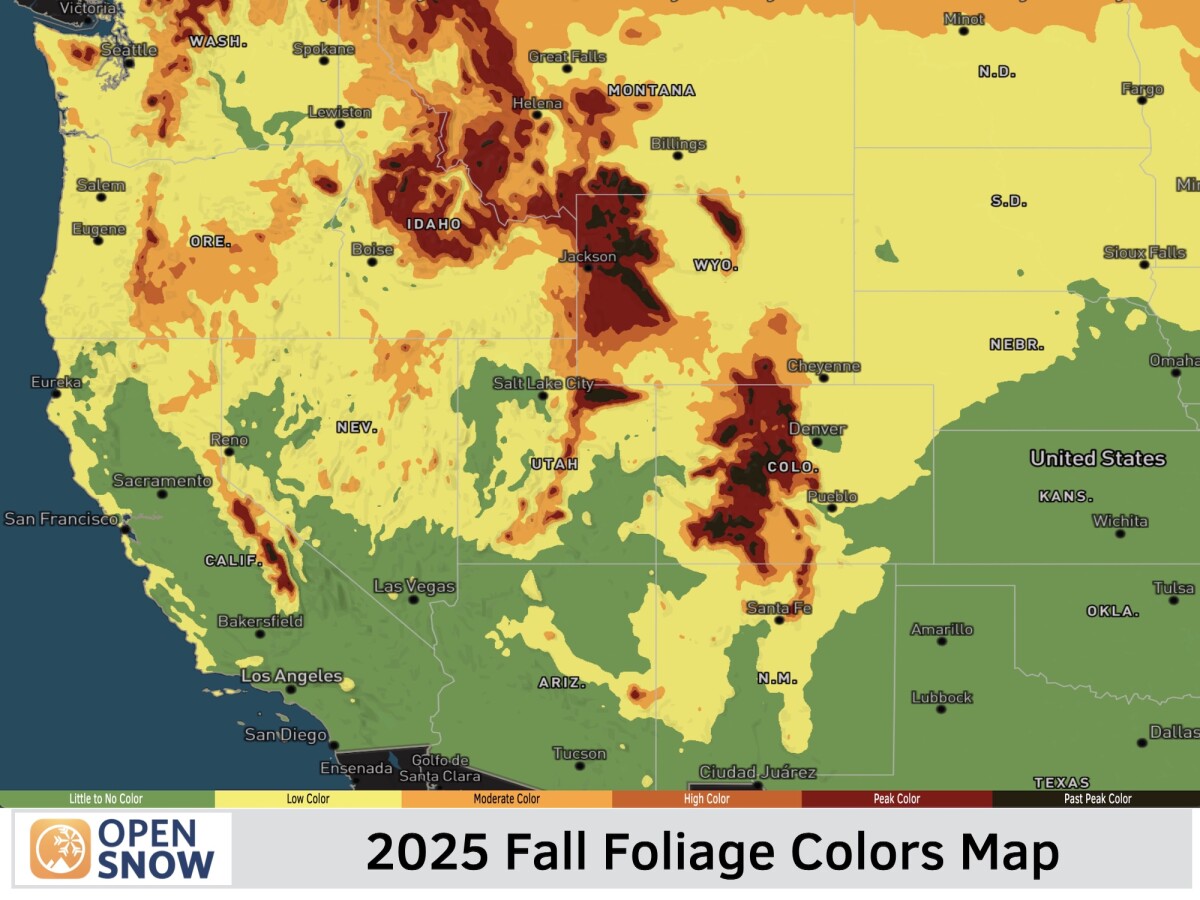News

By Alan Smith, Meteorologist Posted 2 years ago June 28, 2023
Slow Start to Monsoon Season Expected
The North American Monsoon is a major driver of weather patterns across the Western U.S. (and especially the Southwest) during the mid-summer months of July and August. As of late June 2023, confidence is high that the monsoon will be arriving later than usual this year, possibly not until late July.
Check out the projected precipitation departure from average over the next 15 days from June 28th to July 13th. No signs yet of monsoon moisture reaching the Southwest U.S.

Monsoon season as defined by the National Weather Service technically lasts from June 15 through September 30, although the time period for when the actual monsoon circulation exists varies from year to year.
Most years, the monsoon pattern takes hold over the Southwest U.S. during the first week or two of July. However, the previous two seasons (2021 and 2022) featured an early arrival of the monsoon in mid to late June.
Monsoon Overview and Outlook Heading into Early/Mid-July:
The length and intensity of any given monsoon season are challenging to predict months in advance. However, there have been some connections drawn between heavy winter snow, above-average soil moisture, and a delayed start to monsoon season.
The West Central and Southwest U.S. experienced a wet and snowy winter, and soil moisture conditions are above average heading into early summer as a result.
This often leads to a delayed and weakened subtropical high-pressure ridge that typically develops over Northern Mexico and the Southwest U.S. heading into early summer. A strong subtropical jet stream associated with an emerging El Nino may be playing a role in this as well.
Once a subtropical ridge of high pressure becomes established over Northern Mexico and the Southwest U.S. for an extended period of time, winds aloft blowing around the high-pressure center in a clockwise (anticyclonic) direction will begin to pick up moisture from the Gulf of Mexico and Pacific Ocean, establishing a wet pattern across the Mexican highlands featuring frequent afternoon showers/thunderstorms with heavy rainfall.

As the subtropical ridge gradually builds northward into the U.S. with the seasonal shift into summer, the monsoon circulation typically becomes established across the Southwest U.S. and Southern Rockies with occasional surges of moisture reaching the Sierra, Great Basin, and Northern Rockies.
Heading into early July 2023, the subtropical ridge of high pressure is expected to strengthen, resulting in hot temperatures across the Southwest U.S. However, conditions have been drier than average across the Mexican highlands in recent weeks, and it's going to take some time for a consistent circulation of moisture to develop and work its way northward into the U.S.
NOAA's Climate Prediction Center is projecting below-average rainfall across the Southwest U.S. and Four Corners region through July 11th. Above-average rainfall is projected across the Northern and Eastern Rockies, but this is associated with a northwest flow pattern that will tap into Pacific moisture and Gulf of Mexico moisture not related to the monsoon.

The Climate Prediction Center also issues 3-4 week outlooks every Friday. And although it's been 5 days since the last update, below-average rainfall is projected across the Southwest U.S. all the way through the third week of July.

If you like to hike and climb 14ers and other peaks in Colorado and surrounding states, the first half (or more) of July may be a good time to take advantage of the drier weather this year. However, isolated thunderstorms will still be possible across the higher peaks from time to time, so don't let your guard down and monitor daily/hourly forecasts closely.
Also, thunderstorm chances will generally be higher near and east of the Continental Divide as a result of occasional disturbances arriving from the north/northwest, meaning mountain ranges such as the Front Range and Sangre de Christo Range will be more susceptible to storms compared to areas further west.
For the canyon regions of the Southwest, flash flooding risk will be lower than usual through the first half of July. Although, due in part to a lack of moisture, hotter-than-average temperatures are also expected.
When Will the Monsoon Get Going?
While there are no clear signs yet of when the monsoon will eventually arrive, odds are it will happen sometime during the second half of July.
There are also no clear signals of whether or not this will be a wetter or drier monsoon season than usual, but it would be reasonable to expect that August will be comparatively wetter across the Four Corners region and Southern Rockies than July.
Be sure to follow our 10-day point forecasts moving forward as well as the Western U.S. Daily Summit and OpenSnow news articles as we will continue to monitor the onset of the monsoon.
Alan Smith
About The Author




